Session 9: Response to climate change
Submitted by Kate Smith on 09 Sep 2022
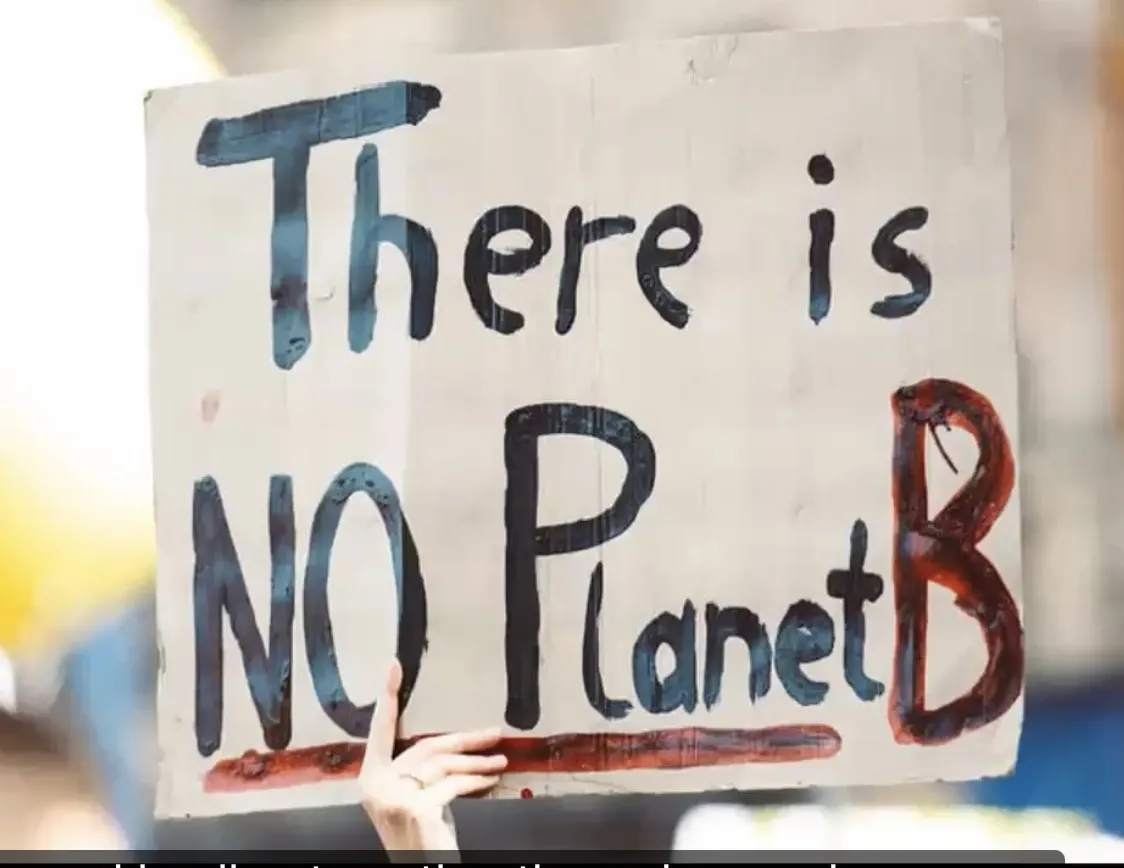
Namrata Patel
Human induced climate change is already causing many weather and climate extremes in every region across the globe. The incessant burning of fossil fuels and the destruction of natural ecosystems has caused a rapid change in climatic conditions, with evidence of observed changes in extremes such as heatwaves, heavy rainfall, droughts and tropical cyclones. Sea level rise, together with more extreme storms is causing flooding and erosion damage to vulnerable coasts throughout the world.
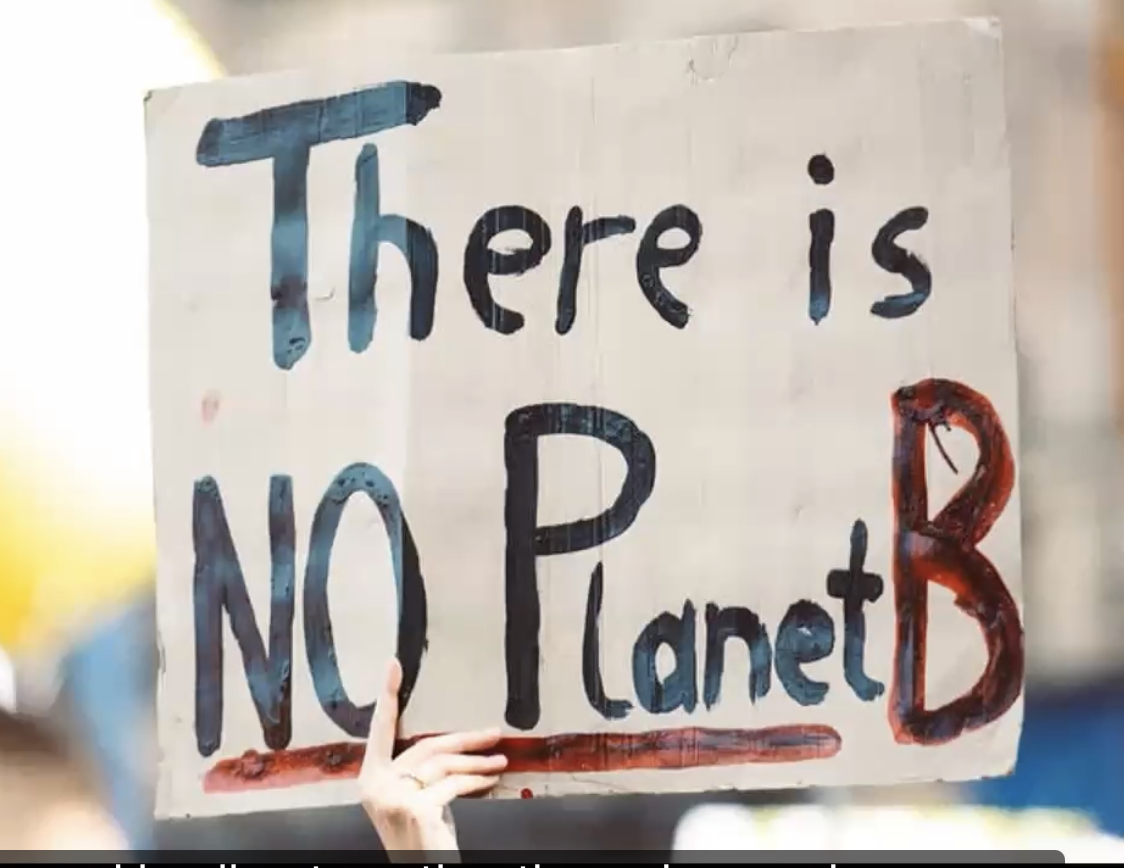
Climate change is increasingly manifesting in extreme events and this is devastating for the environment, for people as well as overwhelming our businesses and way of life. Every imaginable type of cultural site, tangible and intangible, is under threat from climate change. The ninth session of the IIC Congress, 2022 brought together projects from around the world to share and talk about the ambitious projects and collaborative approaches adopted by its members and colleagues in response to climate change.
This was truly an international session as all the three speakers working at different parts of the world presented their projects virtually.
Assessing and prioritizing risks so conservators can prepare for managing collections in a changing climate?
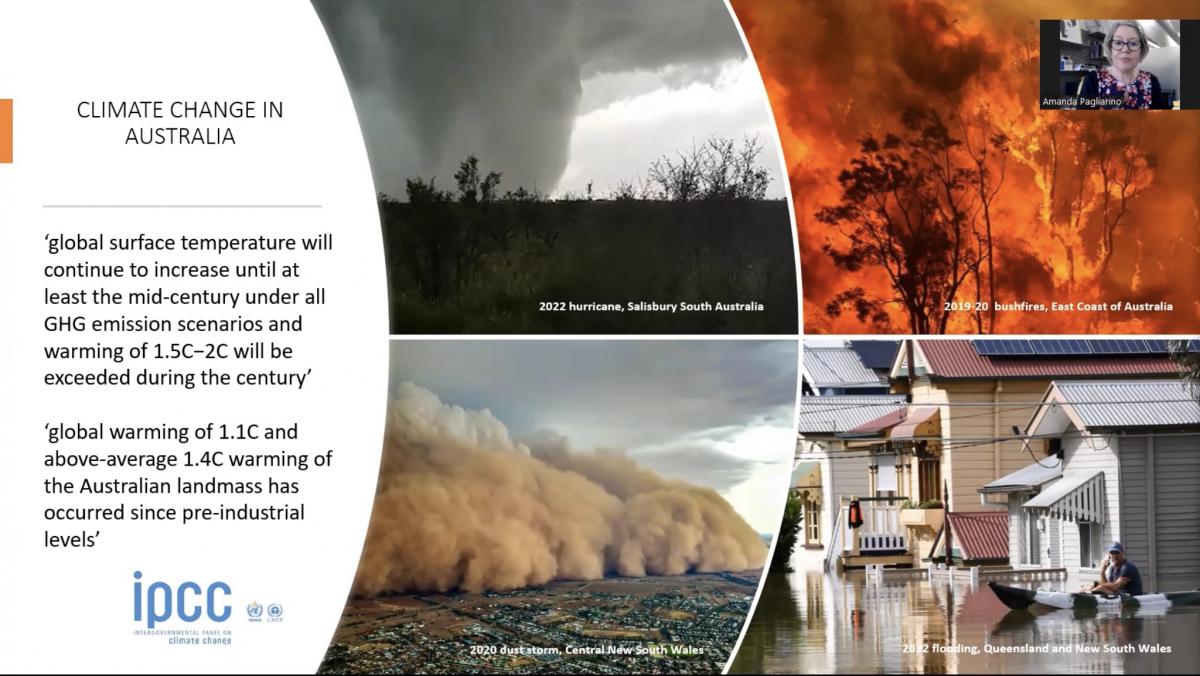
The session began with a talk by Amanda Pagliarino where she introduced to the in person and online audience about her work as a member of The Australian Institute for the Conservation of Cultural Material AICCM and her keen interest to promote environmentally aware collection care and management practices including climate-specific Environmental Guidelines, the Sustainable Collections wiki and the Climate Adaptation resource. Amanda emphasized that the future of our cultural heritage and legacy is dependent upon immediate and significant climate action and that there is an urgent need for accessible and applicable technical research through climate responsive environmental guidelines.
Risk Assessment and Monitoring of Termites in the Forbidden City in response to Global Warming
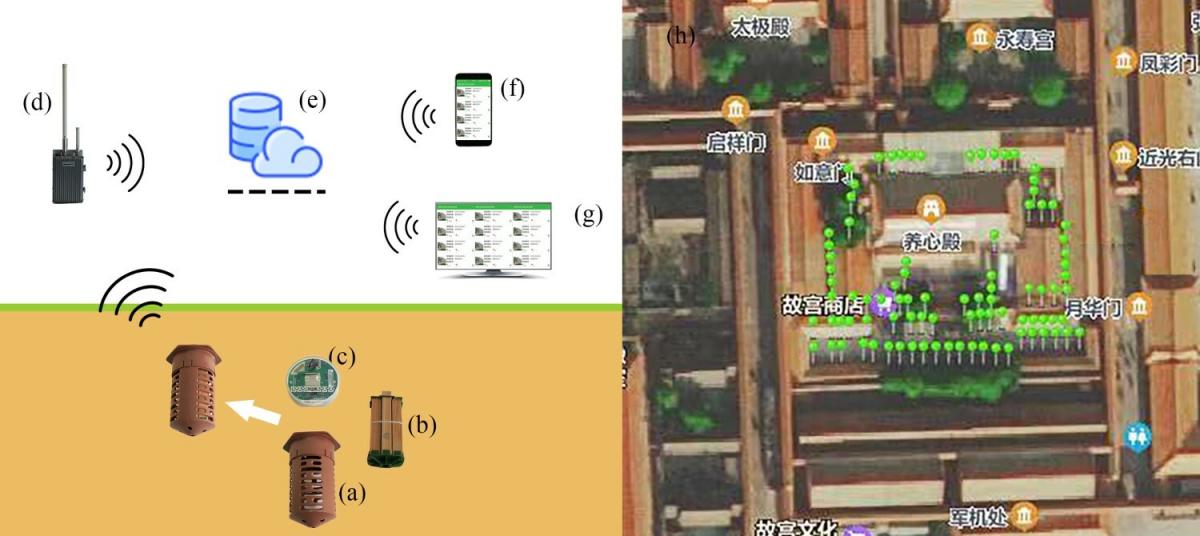
Following Amanda’s talk Zhang Guoqing, a museologist at the Palace Museum spoke about the increase in risk of termite damage to the Forbidden City as a direct result of global warming. He informed us about the advanced termite monitoring system that has been introduced to receive remote real-time detection of termite infestation. The risk assessment and remote real-time monitoring technology introduced in this paper are of great significance for protecting ancient buildings in the cities of northern China.
Using our conservation skills to clean and repair instead of replacing
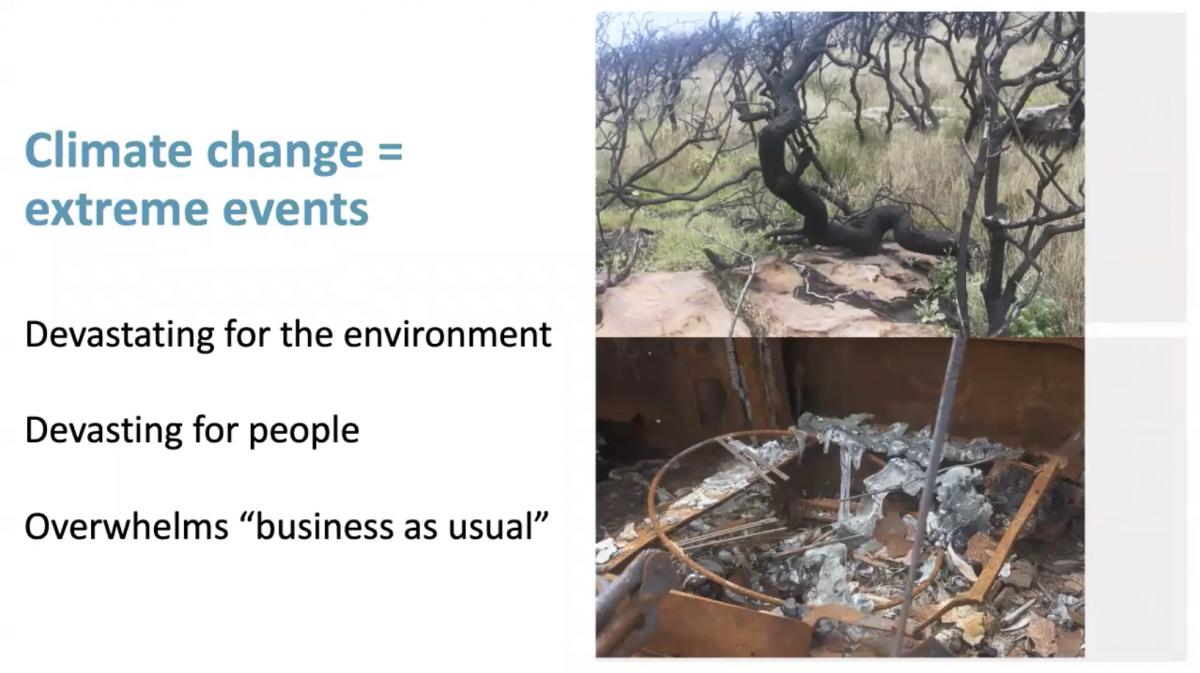
In the following talk, Alison Wain explained how the heritage conservation leaders and organisations donated their time and conservation skills to help return a sense of control, continuity and connectedness amongst the Ngunnawal people, the traditional custodians of the land around Canberra, by preserving physical items in the aftermath of the bushfires that ravaged the south east of Australia in 2019. She educated us about the previous rescue approach to recovery is to dispose and then rebuild with new materials which invariably let to a shocking amount of waste. She reminded us that as conservators we are trained and skilled in understanding the mechanism of aging and deterioration of materials, how they behave, how they can be repaired. She emphasised that projects like these where the conservation community can apply their real skills to minimise waste and encourage both material and emotional recovery.
Q&As

Session 9 of the congress was truly global as the co-chair for the Session, Staphany Cheng, fluently conducted the QnAs in both English and Mandarin. The follow-up Q&A hybrid session was remarkable. Climate change, study of environment and ecosystem and cultural are deeply intertwined. All the challenges that the speakers presented was caused due to the rapid change in climate. A natural disaster really disempowers people, it impacts our food, our practices. It thus defines us. We have a take, make, consume, dispose pattern of operation at the moment that just isn't working, especially in the face of repeated disasters.
There was a sense of urgency amongst the panellist and the audience to promote accessible and applicable technical research through climate responsive environmental guidelines. We were reminded of our role as conservators and custodians of cultural heritage. Historic sites, cultural landscapes, and museums are places of education, and community building. As historic places evolve to better serve modern communities, maintenance, construction, and operational initiatives should be directed to increasing sustainability. Time is running out. The time for climate action is now. This session has opened new avenues for us as conservators I believe, to think outside the box and use our skills and training to restore and repair.
AUTHOR BYLINE
Namrata Patel is an art conservator based in Mumbai, India.